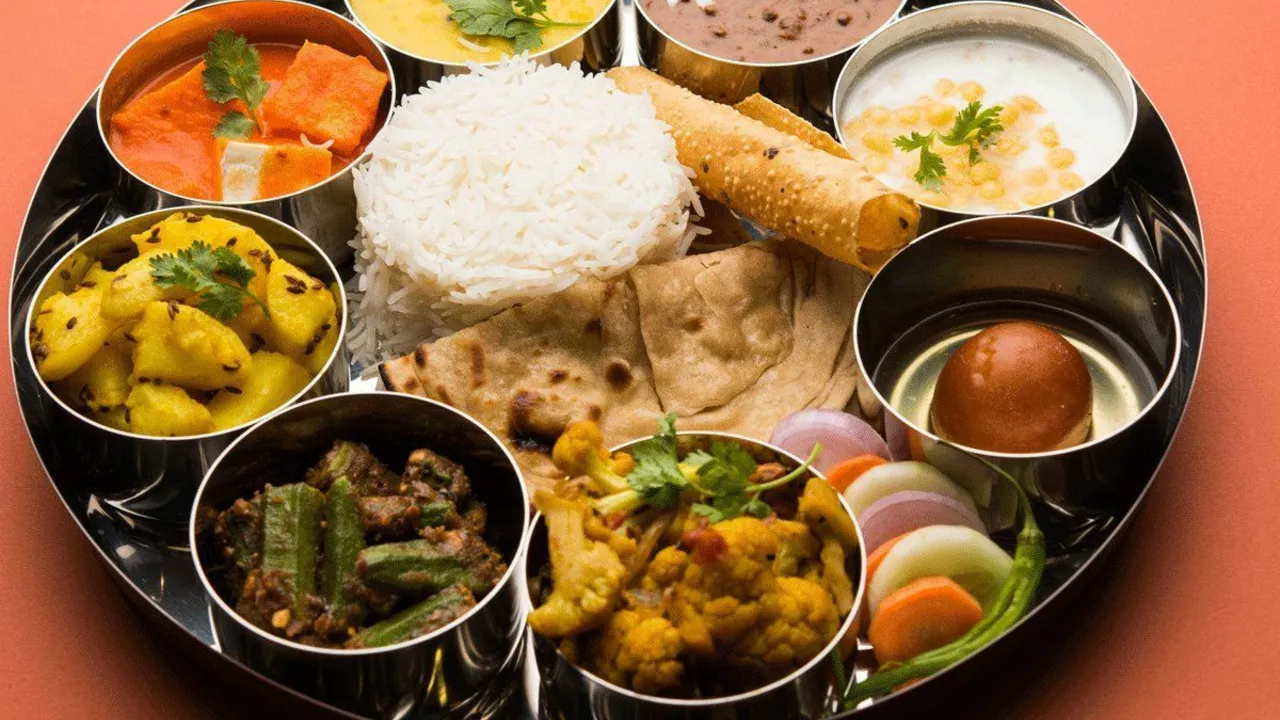Food and Cuisine: Kashmiri & North Indian Flavors
Welcome to the Food and Cuisine section of Kashmir News Central. If you love bold flavors, warming spices, and food that tells a story, you’re in the right place. Here we mix culture, simple cooking tips, and plain talk about why dishes taste the way they do.
Why North Indian food often feels spicy
Spice doesn’t just mean heat. North Indian cooking uses a range of aromatic spices—cumin, coriander, turmeric, garam masala—that build layers of flavor. Chilies add heat, but many traditional dishes use Kashmiri red chilies for color and a gentle warmth rather than a burning bite.
Climate and food habits also shape the spice profile. In colder months, heavier, spiced foods help you feel warm and can trigger sweating, which cools the body after the initial heat fades. Historically, spices also helped preserve food and mask strong flavors when refrigeration wasn’t available.
Regional trade and local produce matter too. The plains and markets of North India have long supplied a wide variety of spices. That availability made bold spice blends a daily habit—not just a luxury for special meals.
Practical tips: cook, balance, and enjoy the heat
If you find a dish too spicy, don’t panic. A spoonful of plain yogurt or milk cuts heat fast because dairy binds capsaicin (the compound that makes chilies hot). Add a squeeze of lemon or a bit of sugar to round off sharp spice notes. Bread like naan or rice also helps spread and soften strong flavors.
When cooking at home, build spice gradually. Roast whole spices like cumin and coriander for a minute to release oils, then grind or crush them. Tempering (tadka) in hot oil at the start or end of cooking brings an instant flavor lift—try mustard seeds or cumin and curry leaves if you want a bright, toasted note.
Want bold taste without intense heat? Use Kashmiri red chili or smoked paprika for color and aroma. Add green chilies finely chopped for a fresher, sharper heat you can control by removing seeds. Fresh ginger and garlic add bite without adding the same kind of burn as chilies.
For everyday cooking, keep a small spice kit: cumin, coriander, turmeric, red chili (or Kashmiri chili), and garam masala. A jar of asafoetida helps with digestion and gives a deep savory base to lentils and vegetables.
We cover local Kashmiri dishes like wazwan, rogan josh, and simpler home plates—what they mean, how they’re made, and how to make them milder or bolder at home. Expect recipes, quick tips, and food stories that explain how taste, history, and daily life shape what ends up on your plate.
Browse the posts below to find recipes, culture notes, and hands-on advice. Try a tip, tweak a spice, and tell us what worked for you—we want to hear your kitchen wins and questions.

Why are North Indian foods so spicy?
Ladies and gents, ever wondered why North Indian food makes you feel like a fire-breathing dragon? Well, it's because the region is hotter than a Bollywood dance number, and the spices help cool you down, believe it or not! Plus, with an abundance of spices readily available in their backyard, North Indians naturally spice it up to jazz their dishes. So, instead of feeling like you're in a hot chilli eating contest, embrace the heat, and let the flavors play hide and seek with your taste buds. Remember, every spice-laden bite is North India's way of saying "Namaste" to your palate, so enjoy the ride, my friends!
Categories
- Social Issues in India (3)
- Sports (3)
- Business & Markets (2)
- Weather & Climate (2)
- History and Politics (1)
- Quick and Easy Indian Breakfast Recipes (1)
- Food and Culture (1)
- Road Safety & Transportation (1)
- Cultural Experiences/Travel & Living Abroad (1)
- Technology Reviews (1)
Popular Articles

